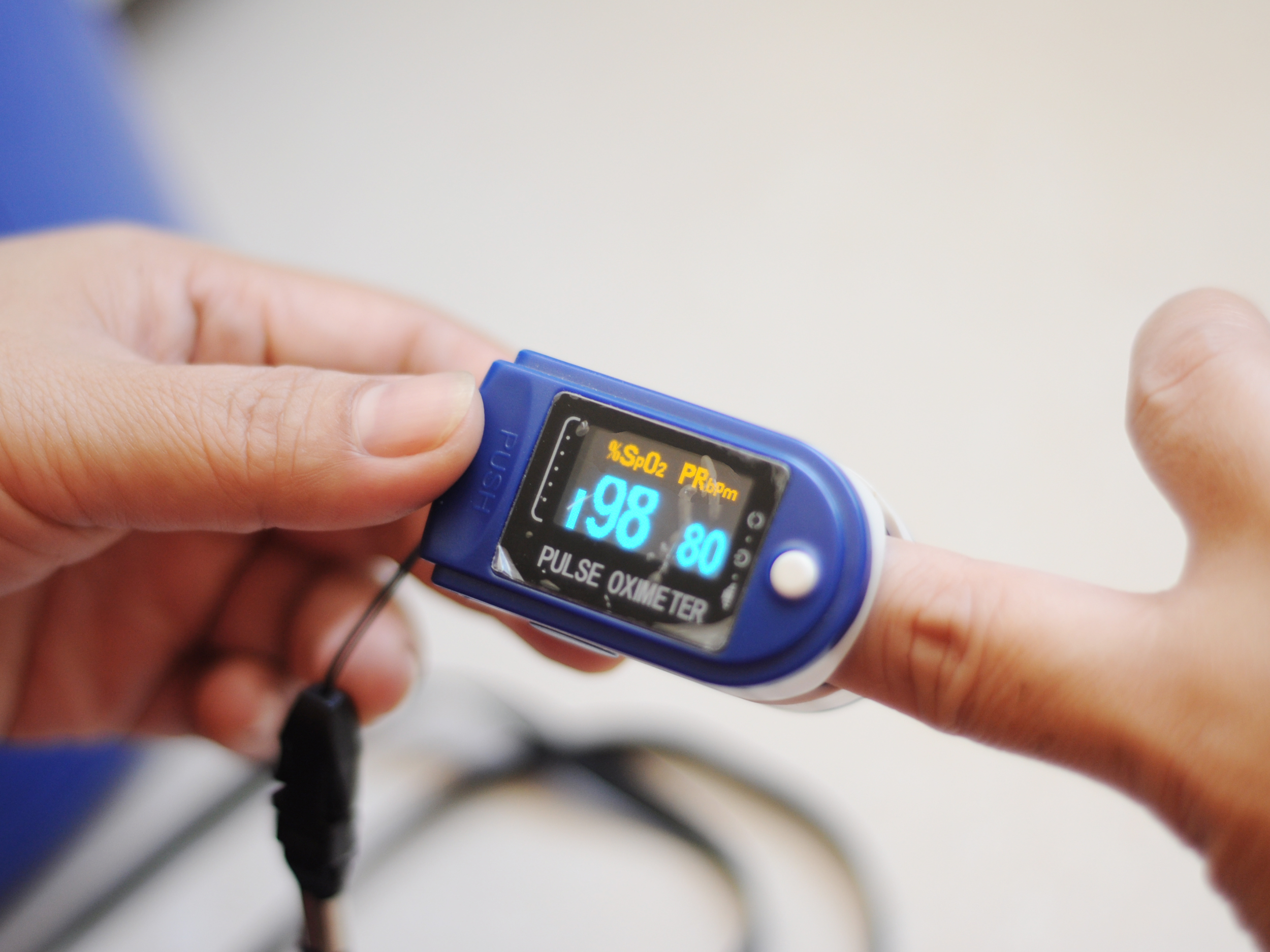Your oxygen level refers to the amount of oxygen in your blood. When that number drops below normal levels, it’s referred to as hypoxemia. People with lung conditions such as chronic obstructive pulmonary disease, or COPD, need to be particularly aware of their blood oxygen levels, as they are at a higher risk of hypoxemia.
Normal Oxygen Level in Blood. For most people, an oxygen level of 95-100% is considered to be normal. When the level of oxygen is within this range, it is considered to be optimum for smooth functioning of. A blood oxygen level indicates how well the body distributes oxygen from the lungs to all of its cells. What does it mean to have low blood oxygen?
- The normal oxygen saturation level is 97–100% (OER #1). Older adults typically have lower oxygen saturation levels than younger adults. For example, someone older than 70 years of age may have an oxygen saturation level of about 95%, which is an acceptable level. It is important to note that the oxygen saturation level varies considerably.
- The shortage of oxygen cylinders in many states has caused alarm since several COVID-19 patients in hospital have low oxygen levels and are finding it difficult to breathe.
- What are normal readings? A normal level of oxygen is usually 95% or higher. Some people with chronic lung disease or sleep apnea may have normal levels around 90%. The “SpO2” reading on a pulse oximeter shows the percentage of oxygen in someone’s blood. If your home SpO2 reading is lower than 95%, call your health care provider.
Tools like pulse oximeters, a small device that attaches to your finger, help you to better understand blood oxygen levels in your body. For those who use supplemental oxygen, a pulse oximeter is a valuable tool in measuring your oxygen saturation level, helping you to understand when to use supplemental oxygen.

So, at what point do oxygen levels go from being normal to unsafe? Before we dive into that more, let’s first explore what it means to have a normal oxygen level and a low oxygen level.
What is a Normal Oxygen Level?
Most people with COPD have oxygen levels that are below normal, even when using supplemental oxygen. The best way to measure oxygen level is through arterial blood gases (ABGs), measured in millimeters of mercury, or mm Hg. In the blood, a normal oxygen level typically range from 75 to 100 mm Hg. When blood oxygen levels drop under 60 mm Hg, it is usually an indication that the person needs supplemental oxygen.
If you have COPD, your doctor might give you a prescription for supplemental oxygen to help you to maintain normal oxygen levels. Your doctor should give you a safe range that he or she wants you to stay within to help you better understand when to use the supplemental oxygen. If you find that you’re consistently falling below the range that your doctor suggested, notify your doctor immediately, as your doctor may need to adjust the oxygen flow rate on your supplemental oxygen. Maintaining a normal oxygen level is imperative for effectively managing COPD.
Your doctor might also give you specific directions to adjust your own oxygen flow rate based on your oxygen saturation levels. Consult with your primary care doctor or pulmonologist for the best plan of action for your specific situation.
What is a Low Oxygen Level, or Hypoxemia?
When you don’t get enough oxygen in your blood, the body has trouble effectively nourishing your cells, tissues and organs. A low blood oxygen level, or hypoxemia, can occur suddenly, or can also take place over time. Frequently, for people with COPD, low oxygen levels occur over time. Doctors often prescribe supplemental oxygen to COPD patients with hypoxemia.

Many people with COPD, however, are not aware that they are hypoxemic. Hypoxemia with COPD can result in a reduction in quality of life, impaired skeletal muscle function, decreased exercise tolerance and increased risk of death. Because of this, it’s important to be able to recognize the signs and symptoms of hypoxemia with COPD:
- Confusion
- A sense of euphoria
- Restlessness
- Headache
- Shortness of breath
- Rapid breathing
- Dizziness, lightheartedness and/or fainting spells
- Lack of coordination
- Rapid heart rate
- Elevated blood pressure
- Visual disturbances
- Bluish tint to lips, earlobes and/or nail beds
- Elevated red blood cell count or polycythemia
Monitoring your Oxygen Levels
While the best way to monitor blood oxygen levels is through your ABGs, they are difficult to measure from home. The best way to measure oxygen levels at home is to use a pulse oximeter, which measures oxygen saturation. Normal oxygen saturation levels range from 95 to 100 percent. Anything under 90 percent is considered low. In general, anyone having levels below 90 percent at rest should explore their options for supplemental oxygen therapy with their primary care doctor.
What Is A Regular Oxygen Level Chart
If you or a loved one is experiencing low oxygen levels, contact your primary care physician immediately to discuss your treatment options. Other patients have experienced great success after undergoing cellular therapy from the Lung Health Institute. Contact us today for more information about how cellular therapy is helping COPD patients today.
